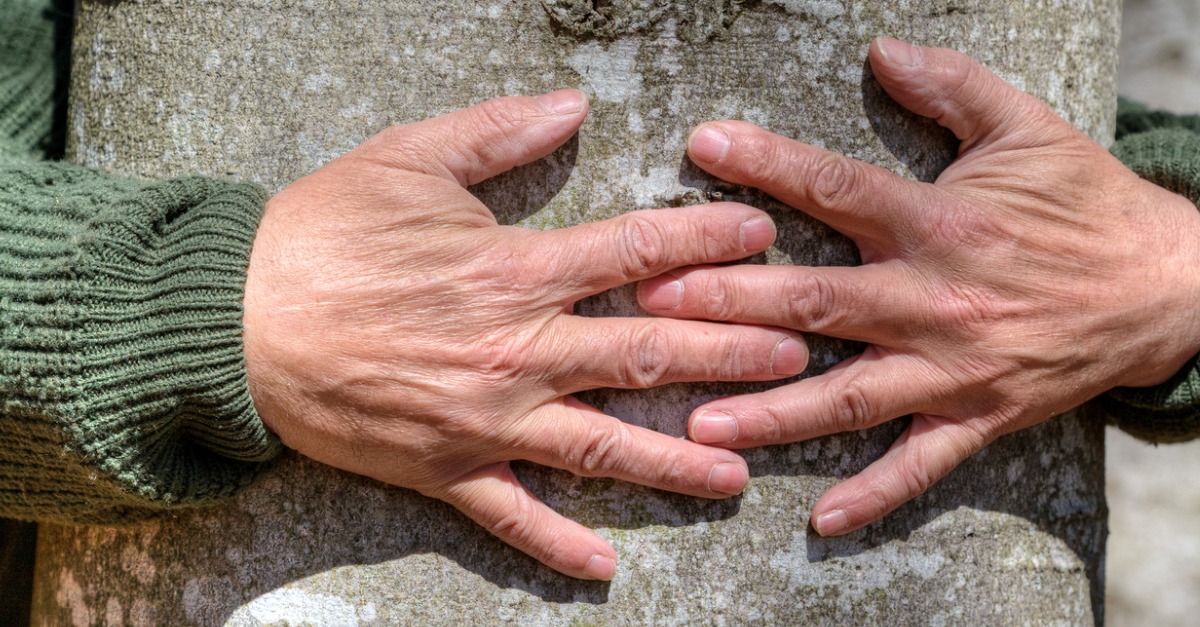5 Reasons to be Thankful for Trees
Thanksgiving is just around the corner, and people are taking stock of what they are thankful for. Are trees on your list? Trees are everywhere in our daily lives and can be easy to look past, but we can help show you how in-tree-guing they can be! If you’re stumped regarding gratitudes, we’ve got 5 reasons why we should be thankful for trees.
1. They Help the Environment
With the atmosphere being continuously polluted with CO2 and fossil fuels, we need trees to help clean it up! Trees use photosynthesis to grow, by taking in sunlight and CO2 and turning it back into vital oxygen. By the time a tree reaches 10 years of age, according to the Urban Forestry Report, “They release enough oxygen back into the atmosphere to support two human beings.”
Air pollution is also a culprit of some health effects like respiratory and cardiovascular disease, which trees can help lessen. A tree’s roots also help clean up water pollution, as the roots soak up some of the toxins in water, clearing it of some contaminants.
2. They Give Animals a Home
Trees help the ecosystem by giving all kinds of animals a home. They give a place for squirrels and birds to keep their nests, along with bats, insects, mice and raccoons. Animals can take a break from the sun by using a tree’s shade, can shelter in trees as a safe place to reproduce and raise their young, and mature trees provide nuts and fruit for food!
3. They Improve Mental Health
We often focus on the physical benefits that trees have to offer, but also they help improve mental health. The presence of trees encourages people to spend time outdoors, which can help them relax. People living in urban areas tend to be more stressed out, but even limited exposure to trees and nature can improve mental health.
4. They Benefit the Economy
Trees contribute to the economy when they are cut down and used in different products, like building materials or paper goods. However, trees can also stand tall and proud while still providing economic benefits.
You have probably stepped into a tree’s shade to block the sun and get some relief from the heat, but their shade also helps cool your house as a whole. If trees are placed on the west and south sides of your home, they can help you save on air conditioning costs.
Tree-lined neighborhoods and well-landscaped homes are also more welcoming to potential buyers. Trees can increase curb appeal and the value of the home by 10%. Businesses also thrive in tree-filled areas, as people are drawn to shop and enjoy the nice foliage.
5. They are Beautiful and Help the Community
We can’t forget how wonderful trees are to look at! From their still beauty against the snow, their springtime buds and flowers, to their luscious summer green and changing autumn leaves, they are aesthetically pleasing all year round. Trees also can help their community by absorbing sound, making things a little quieter. And trees have a positive effect on a community-wide level, by lowering aggression and criminal activity, and encouraging people to drive slower — making the community safer.
There are many more reasons that we at Premier Tree Solutions are thankful for trees! We offer quality tree solutions and are here to answer any and all of your tree-related questions. Call us at 404.252.6448 or book an appointment online for our expert assistance.







